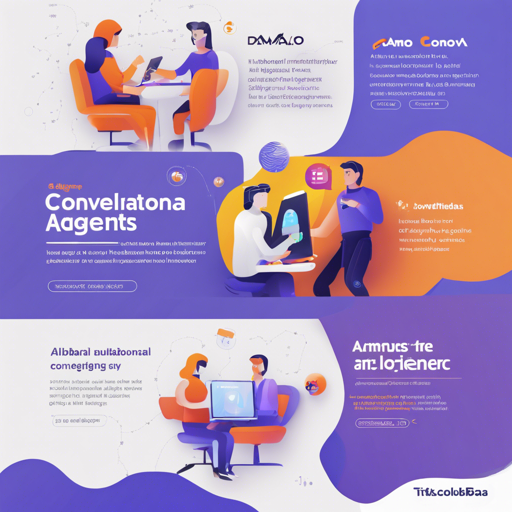Diving into the realm of conversational AI can be an exciting adventure, especially when you have a robust toolkit like Alibaba’s DAMO ConvAI at your disposal. This guide will lead you through the basic steps of utilizing this powerful repository, making it user-friendly and accessible for all levels of developers.
What is DAMO ConvAI?
DAMO ConvAI is the official repository that houses the codebase for Alibaba’s Conversational AI. It has been designed to push the boundaries in the world of AI, enabling developers, researchers, and enthusiasts to create state-of-the-art conversational systems.
Key Features of DAMO ConvAI
- Open-source and under the MIT License
- Comprehensive documentation for easy navigation
- Support for various conversational models and integrations
- Insights from recent research papers and cutting-edge developments in the field
How to Get Started with DAMO ConvAI
To harness the power of DAMO ConvAI, follow these simple steps:
Step 1: Clone the Repository
First things first, you’ll need to clone the repository to your local machine. Open your terminal and run the following command:
git clone https://github.com/AlibabaResearch/DAMO-ConvAI.gitStep 2: Set Up Your Environment
After cloning, navigate to the project directory and set up a virtual environment:
cd DAMO-ConvAI
python -m venv venv
source venv/bin/activateStep 3: Install Required Packages
Install the necessary dependencies using pip:
pip install -r requirements.txtStep 4: Explore the Codebase
Now that your environment is set up, dive into the code! Familiarize yourself with the provided examples and documentation to better understand how to build your conversational agent.
Understanding the Code: An Analogy
Think of working with the DAMO ConvAI codebase like baking a cake. Each ingredient (code component) contributes to the overall flavor (functionality) of the cake (AI system). Just like baking follows a specific recipe, working with this codebase requires you to adhere to a set of instructions (documentation) to create your desired outcome (a functional conversational AI). If you’re missing an ingredient or misinterpret a step, your cake may not rise as expected, just like your AI may not function correctly without all necessary components in place!
Troubleshooting Common Issues
- **Environment Issues:** If you encounter problems related to your local environment, ensure that your Python version matches the requirements listed in the repository.
- **Dependency Conflicts:** If there are errors regarding package dependencies, consider using a fresh virtual environment or checking for the latest versions of the packages.
- **Running the Code:** For execution errors, double-check the paths to data files and models—these often cause headaches if incorrectly specified.
- **Research Updates:** Stay abreast of the latest papers and developments from the repository to ensure you are implementing the best practices and techniques.
For more insights, updates, or to collaborate on AI development projects, stay connected with fxis.ai.
Conclusion
By following this guide, you should now feel equipped to explore DAMO ConvAI and contribute to the burgeoning field of conversational AI. Its open-source nature allows for endless possibilities, and you’re now a part of this exciting journey.
At fxis.ai, we believe that such advancements are crucial for the future of AI, as they enable more comprehensive and effective solutions. Our team is continually exploring new methodologies to push the envelope in artificial intelligence, ensuring that our clients benefit from the latest technological innovations.

